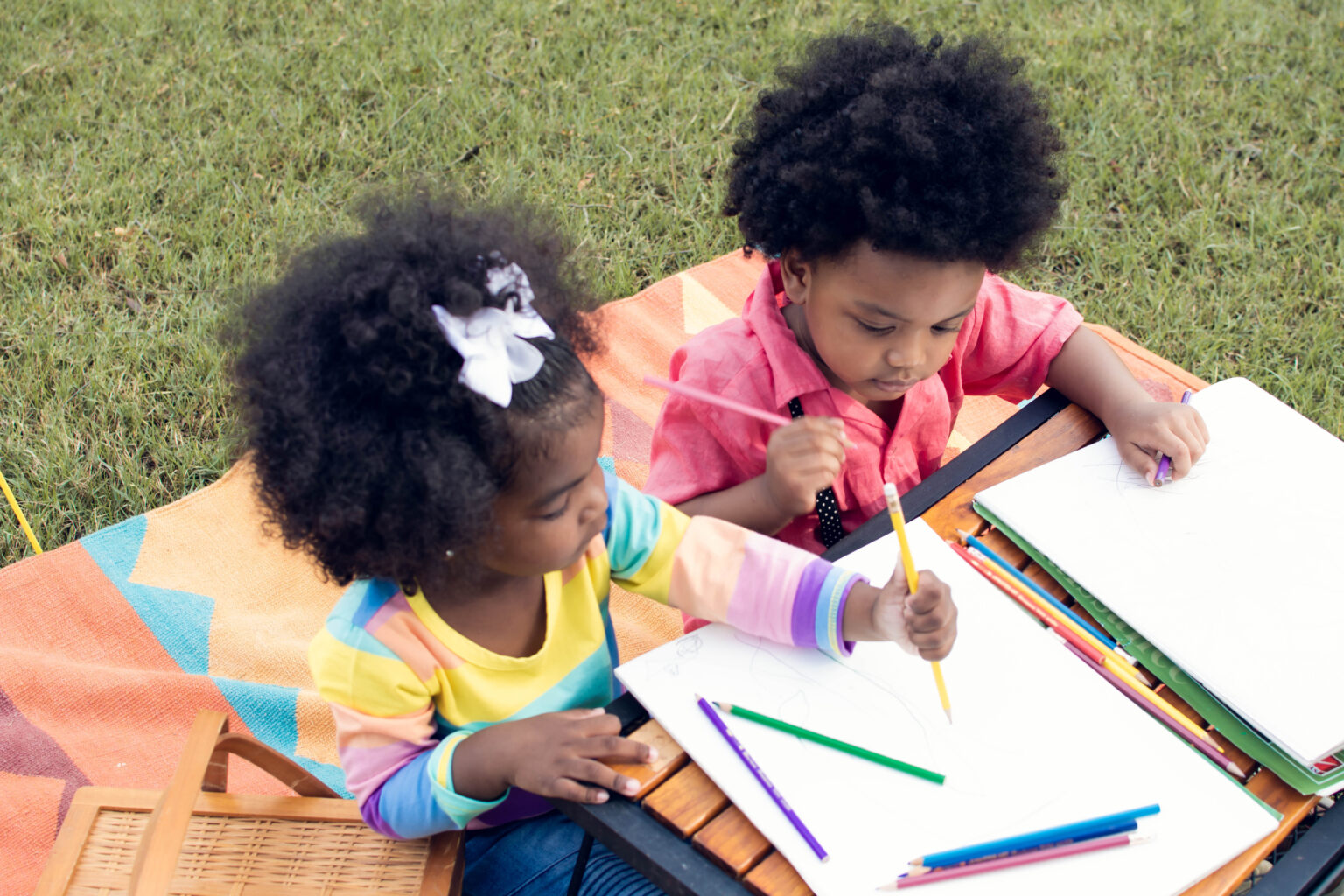Jump to...
Registering with Ofsted
Most settings delivering childcare and early education must register on the Early Years Register. If the setting also cares for children from five to eight years old, as part of an out-of-school or holiday club, for example, it must also register with Ofsted on the Childcare Register. There are some exemptions from Ofsted registration for temporary or informal childcare arrangements.
As a registered provision, you must give details of the ‘registered person’ who has overall responsibility for the childcare and early education service you provide.
Who is the registered person?
You can register with Ofsted as an individual (for example, in the case of a childminder or sole trader) or as an organisation (for example, if the setting is run by a committee, or the directors of a company). If you’re applying as an organisation, then you’ll still be known as the ‘registered person’.
The registered person is responsible for ensuring that there are suitable people working at the setting, and that the requirements of the Early Years Foundation Stage are met.
Who can be the nominated person?
When the registered person is a group of people, they share responsibility for the childcare provision. However, the group must appoint a ‘nominated person’ when they apply for registration, who must be a member of the organisation’s governing body, i.e. a trustee (committee member), partner, director or someone in a comparable position. This person represents the childcare provision as the main contact with Ofsted.
What does an Ofsted inspection involve?
Ofsted inspects early years services at least every six years to see in practice what it is like for a child to attend the setting (this will reduce to every four years from April 2026).
If you are a new setting or have re-registered with Ofsted because of a change of premises or status, your first inspection will take place within 30 months of registration (this will reduce to 12 to 18 months from April 2026).
Before the inspection
Providers will receive a notification call before 10am the day before the inspection is taking place. During this call, the inspector will arrange a separate later planning call and agree who can attend. It is recommended that group providers to have at least one other person present to assist and support them. This would usually be the deputy or the nominated person. .
In the notification call, the inspector will:
- Ask to speak to the manager or the most senior member of staff if the manager is not available
- Let the setting know that an inspection is taking place
- Explain the type and length of the inspection
- Confirm the manager’s details
- Check if there are any conflicts of interest or concerns
The inspector will then agree a time for the planning call later in the day and will last for approximately 30 minutes
The purpose of the planning call is for the inspector to understand the settings context and to discuss practicalities. This is normally a video call and will be in three parts:
- Introduction and discussing practicalities
- Understanding the setting’s context
- Planning the timetable
Childminders and group providers who do not operate regularly are usually contacted no more than five days before the inspection to check which days the setting is operating and whether children will be present.
During the inspection
As a rough guide, inspections take around three hours for childminders, while for group provision, the inspector will normally be on site for up to six hours and could be longer for large settings.
The inspector will observe the children in the setting, with the setting leaders where possible. This will be an opportunity for leaders to show their context and provide a range of evidence across all toolkit evaluation areas.
Rather than requiring case studies, inspectors will track experiences of a representative sample of children of different ages, including babies, particularly those who are disadvantaged, those with SEND, those known (or previously known) to children’s social care and those who face other barriers to their learning and/or wellbeing.
The inspector will have an ongoing discussion with the leader to share a summary of their evaluations to allow reflection on whether an accurate picture of the setting is emerging.
At the end of the day, the inspector will invite the leader and the nominee (where relevant), to the end-of-day grading discussion, where they will reflect with leaders on the evidence and advise them of the provisional grades. Verbal feedback should be consistent with the report card.
After the inspection
Every inspection will result in a report card which will summarise each of the following evaluation areas:
- safeguarding
- inclusion
- curriculum and teaching
- achievement
- behaviour, attitudes and establishing routines
- children’s welfare and wellbeing
- leadership and governance
‘Safeguarding’ will be given a ‘met’ or ‘not met’ evaluation. The other evaluation areas will be graded using a new five-point scale:
- urgent improvement
- needs attention
- expected standard
- strong standard
- exceptional
After the inspection, a report is made publicly available on the Ofsted website. You are expected to reflect on Ofsted’s findings and share them with parents and carers.





